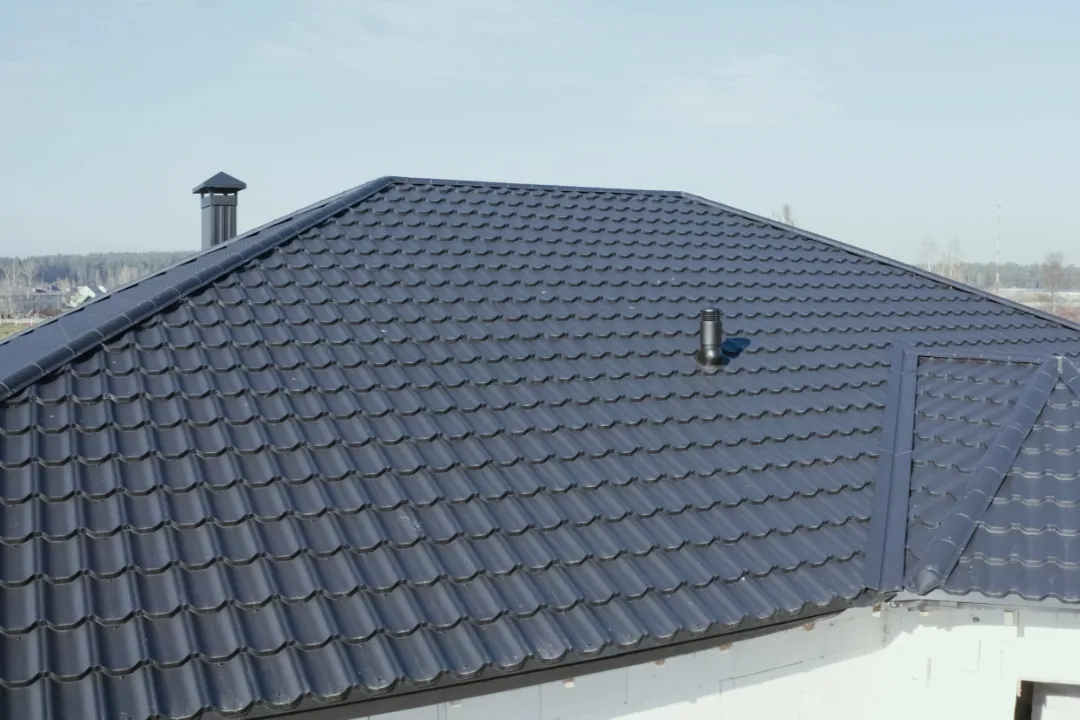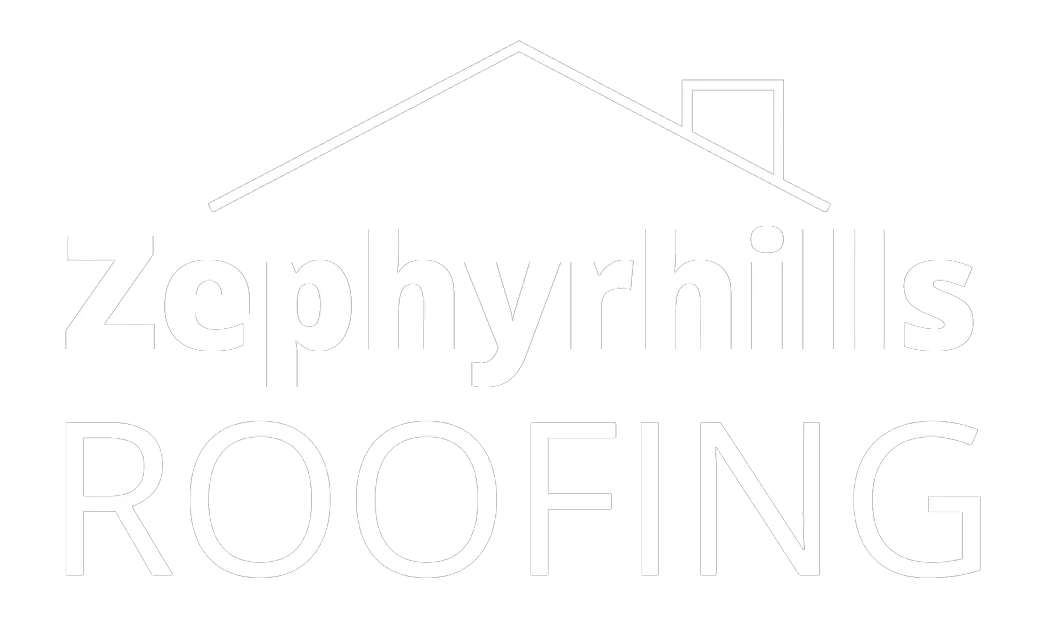ZEPHYRHILLS ROOFING BLOG
Take A Deep Dive Into Our Roofing Topics

Roofing Innovations: The Latest Trends in Residential Roofing
As we peer through the shingles of the ever-evolving world of residential roofing, we are greeted with a landscape of innovation and progress. The industry has taken flight, soaring higher than ever before, as new trends emerge and redefine the way we protect our homes. From energy-efficient materials to smart technology integration, from sustainable options to stunning designs, and from solutions for extreme weather conditions to the unknown territories waiting to be explored, the latest trends in residential roofing promise a future that is as exciting as it is essential. But what exactly are these trends, and how do they shape the roofs above our heads? Let us embark on this journey together and uncover the answers that lie within the realm of roofing innovations.
Energy-Efficient Roofing Materials
When it comes to residential roofing, using energy-efficient materials is an important consideration for homeowners looking to reduce their carbon footprint and save on energy costs. One of the key aspects to consider when choosing energy-efficient roofing materials is the insulation options available. Cost-effective insulation options can help regulate the temperature inside the house, reducing the need for excessive heating or cooling. This not only saves energy but also lowers utility bills.
Furthermore, another energy-efficient option gaining popularity is the installation of green roofs. Green roofs are covered with vegetation, providing numerous benefits to homeowners. Firstly, they act as natural insulation, reducing the need for artificial heating and cooling. This leads to significant energy savings. Secondly, green roofs help combat the urban heat island effect, where cities experience higher temperatures due to the abundance of concrete and asphalt. The vegetation on green roofs absorbs heat and cools the surrounding area. Additionally, green roofs promote biodiversity by providing habitats for birds, bees, and other wildlife, contributing to a healthier environment.
Smart Technology Integration in Roofing
As we explore the realm of energy-efficient residential roofing materials, it becomes evident that the integration of smart technology in roofing is a natural progression towards sustainable and efficient homes. Smart technology integration in roofing offers homeowners a range of cost-effective solutions that not only enhance the functionality of their roofs but also contribute to energy savings and overall comfort.
One of the key benefits of smart technology integration in roofing is the ability to monitor and control various aspects of the roof's performance. For example, sensors can be embedded in the roofing materials to detect leaks or damage, allowing homeowners to address issues before they become major problems. Additionally, smart roofing systems can be equipped with solar panels and smart inverters, enabling homeowners to generate their own electricity and potentially sell excess power back to the grid.
Another cost-effective solution offered by smart technology integration is the ability to regulate temperature and ventilation. Smart vents and thermostats can be integrated into the roofing system, allowing homeowners to control the airflow and temperature inside their homes. This not only improves comfort but also reduces energy consumption by optimizing heating and cooling.
Furthermore, smart technology integration in roofing can also enhance home security. With the use of smart cameras, motion sensors, and access control systems, homeowners can monitor their roofs and property remotely, providing an added layer of protection against theft and vandalism.
Sustainable and Eco-Friendly Roofing Options
We have discovered a range of sustainable and eco-friendly options for residential roofing. One such option is the use of recycled materials. Instead of using new materials, which contribute to waste and resource depletion, some homeowners are opting for roofing materials made from recycled content. This not only reduces the demand for new resources but also helps divert waste from landfills.
Another eco-friendly option gaining popularity is the installation of green roof systems. These systems involve covering the roof with vegetation, creating a natural and environmentally-friendly space. Green roofs provide insulation, reducing the need for heating and cooling, and also absorb rainwater, reducing stormwater runoff. Additionally, they improve air quality by filtering pollutants and reducing the urban heat island effect.
Furthermore, sustainable roofing options can also include the use of solar panels to generate clean and renewable energy. By harnessing the power of the sun, homeowners can reduce their reliance on traditional energy sources, lower their electricity bills, and contribute to a greener and more sustainable future.
Innovative Designs and Styles in Residential Roofing
Now let's explore the exciting world of innovative designs and styles in residential roofing. When it comes to roofing, homeowners are not only looking for functionality but also for creative roofing aesthetics that enhance the overall look and curb appeal of their homes. Roofing manufacturers have recognized this demand and are constantly coming up with new and innovative designs to meet these needs.
One of the trends in residential roofing is the use of unconventional materials and shapes to create unique and visually appealing roofs. For example, some homeowners are opting for metal roofs with intricate patterns or different colored shingles to add a touch of personality to their homes. These creative roofing aesthetics can make a bold statement and set their homes apart from the rest.
In addition to creative designs, homeowners are also looking for cost-effective roofing solutions. With rising energy costs, many homeowners are turning to energy-efficient roofing options such as cool roofs or solar panels. These innovative roofing solutions not only help to reduce energy consumption but also save homeowners money in the long run.
Roofing Solutions for Extreme Weather Conditions
Roofing solutions for extreme weather conditions require durable materials and innovative design techniques. In order to withstand the harsh elements, reinforced roofing membranes are becoming increasingly popular. These membranes are made from advanced materials such as TPO (thermoplastic olefin) or PVC (polyvinyl chloride) that are engineered to be highly resistant to tearing, punctures, and UV radiation. Reinforced roofing membranes provide an extra layer of protection against heavy rain, strong winds, and hailstorms, ensuring the longevity and integrity of the roof.
Another essential roofing solution for extreme weather conditions is insulated roofing systems. These systems are designed to provide superior thermal performance, helping to regulate temperature and reduce energy consumption. Insulated roofs consist of multiple layers, including an insulation layer, a vapor barrier, and a protective membrane. The insulation layer helps to prevent heat transfer and minimize thermal bridging, resulting in a more comfortable living environment and reduced energy costs. Additionally, insulated roofing systems can also enhance the durability of the roof by reducing the effects of expansion and contraction caused by extreme temperature fluctuations.
Conclusion
In conclusion, the latest trends in residential roofing are focused on energy efficiency, smart technology integration, sustainability, and innovative designs. These advancements in roofing materials and techniques offer homeowners more options to choose from that are not only aesthetically pleasing but also environmentally friendly and durable. With the increasing concern for extreme weather conditions, roofing solutions are also being developed to withstand and protect homes from these challenges. Embracing these roofing innovations can greatly enhance the overall functionality and appeal of residential properties.
Connect With Us
© Copyright 2025 Zephyrhills Roofing. All Rights Reserved.
Terms & Conditions | Privacy Policy

